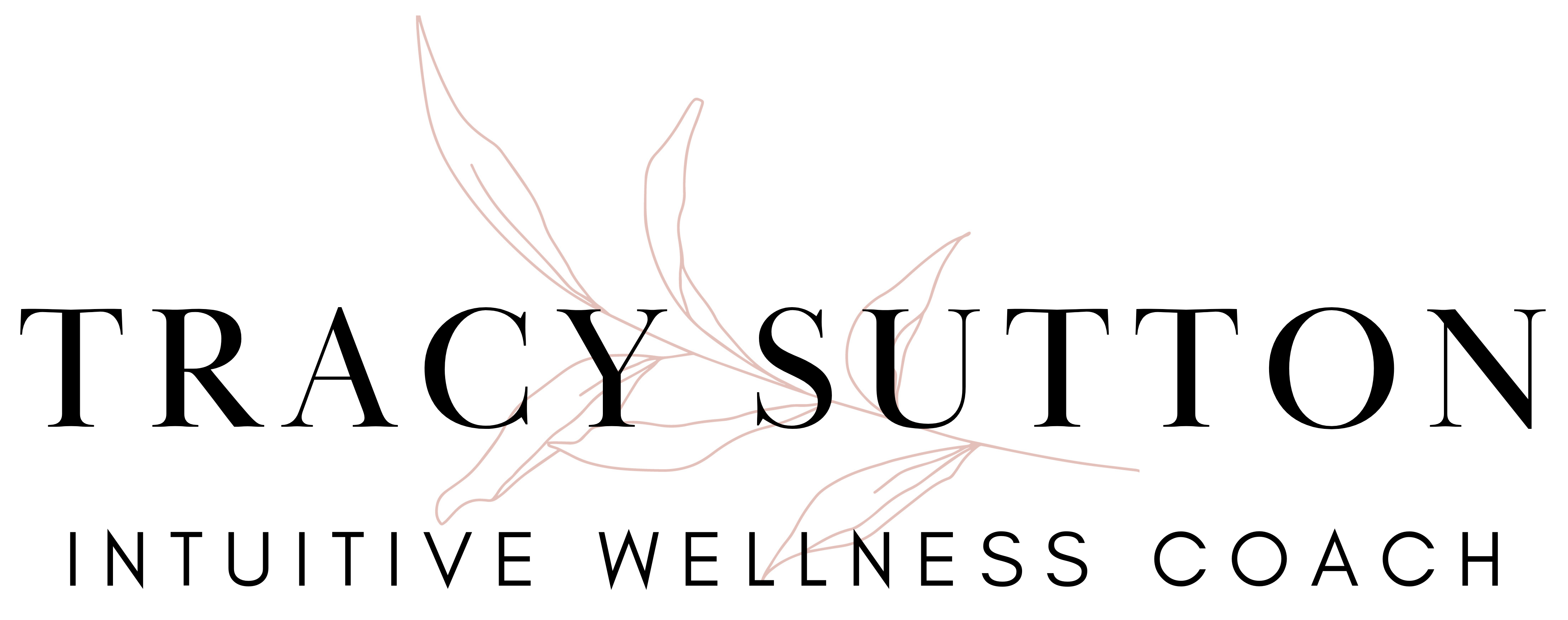“Feelings are something you have; not something you are.”
~ Shannon L. Alder
Let’s be honest, feeling your feelings is no piece of cake. It’s more like navigating a rigorous mental obstacle course, with emotional hurdles, towering walls of vulnerability and a precarious balancing act. But, here’s the thing: it’s also the most rewarding journey you’ll ever embark upon. I’ve always been curious to understand why one of the key factors driving emotional eating is the tendency to suppress or avoid feelings. I often question if it’s because people tend to define themselves solely by their thoughts and feelings. I used to let my identity be shaped by the thoughts and feelings that consumed me. What a burdensome load to carry that was! Believing you are your thoughts and emotions can feel daunting and overwhelming. In fact, that core belief is what prompts the majority of my clients to seek coaching with me.
With that being said, allowing yourself to experience negative emotions may feel counterintuitive initially. As you sit with them, it can feel like you are actively disliking yourself. That may sound strange, but let that sink in for a moment. However, when you grasp the distinction between yourself, and your thoughts and feelings, your entire approach to life undergoes a transformative shift. As you embrace the role of an observer to your thoughts and feelings, feeling your feelings to feel becomes easier.
A Metaphor Explains It Best
To put this in perspective, feeling your feelings is a muscle that needs to be exercised regularly. At first, it might be uncomfortable and even a bit awkward, like doing squats for the first time in forever. But the more you practice, the easier it becomes. Just like those squats, you’ll start to build strength and resilience in your emotional muscles. And when you overcome the unease and stick with it, that’s when the magic happens.
Keep in mind that every time you choose to acknowledge and honor your feelings, you are taking a step towards emotional empowerment. And just like those post-workout endorphins, when you’re done, you’ll feel a surge of achievement, a swell of pride and a renewed sense of self-awareness. With each opportunity to practice, you’ll build strength, lay the foundation for emotional well-being and become more in tune with yourself. It definitely beats the “emotional suppression tax” that you unknowingly pay: the emotional equivalent of buying a fancy latte every day and wondering why your bank account is always running low.
The Cost of Not Feeling Your Feelings
By now, you know emotional suppression and its connection to emotional eating come with a heavy price tag. By burying your feelings and using food as a coping mechanism, you trade temporary comfort for long-term consequences. The cost is not just to your physical health, as emotional eating often leads to weight gain and associated health issues, but also to your mental and emotional well-being. It has a profound impacting extending to every aspect of your life. Suppressing emotions can result in increased stress, anxiety and depression, further perpetuating the cycle of emotional eating. It can strain your relationships, as you may struggle to show up how you would like to and communicate your true feelings and needs. Ultimately, the cost of emotional suppression is a disconnection from yourself, your emotions and your ability to fully experience and navigate life.
By acknowledging the detrimental effects of pushing your feelings down, you can begin to understand the importance of giving yourself permission to feel as a healthier alternative. The simple act of embracing discomfort can look a little different for everyone, but it starts with acknowledgment. Once you are aware that you feel irritable, discontent or any other negative emotion, you are at a fork in the road: go left to suppress or go right to feel. I think we can all say we know what going left looks like, but let’s explore the less chosen path.
How Do You Feel Your Feelings?
Holding space for your emotions to surface is often accompanied by stillness. If you busy yourself, distract yourself or reach for that bag of chips, there is no room or opportunity for feelings to arise. Therefore, willingness to take contrary action is essential here.
If you’d like to give it a try, start with setting a timer for 3-5 minutes. My clients find that having this parameter makes it more doable in the beginning. You can sit comfortably on a coach or in a chair. Alternately, you can lay down on the floor or across your bed. Be free from all distractions and come to the present moment. Place one hand on your heart and one hand on your stomach. Take a few deep breaths to get settled (4 count inhale, 4 count hold and 4 count exhale is a personal favorite, but there’s no wrong way). And then see what comes up.
At first, you may not notice anything (feeling anxious from being still is normal, however). But, as you continue this practice daily, you will become more comfortable and attuned to what you are feeling. If you identify with being cerebral or “in your head”, you may feel frustrated the first few times. If this is the case, I suggest connecting with your body beyond your breath. This can be done via a body scan (another favorite of mine). There are many guided body scan meditations on apps like Insight Timer, Calm and Headspace.
Leaning into Self-Compassion
Being open and willing to feel all the feels is a choice to be made. So, if you are dialed into your sadness or disappointment, for example, you voluntarily choose to acknowledge this emotion. Sometimes it’s easier to empathize with and understand other’s emotions; therefore, the suggestion here would be to verbalize these feelings in the third person. For example, try saying something like, “Laura is really sad.” Research shows that approaching your feelings in this way will let you process them like they’re happening to a close friend, so more rationally and with clarity of mind. Additionally, I recommend stating the why. Laura is sad because she didn’t get the promotion.
This fosters a sense of understanding and compassion directed inwardly, towards yourself. Be sure to stick with known facts and let go of any story you want to write. Allow yourself to really empty out. It takes less than five minutes and is refreshingly freeing. Once you have acknowledged all your feelings, you may feel the desire to be comforted and supported, naturally. In the next blog, l’ll be diving deeper into the art of self-compassion where I’ll unveil some game-changing strategies that will help you respond with grace and kindness. So, stay tuned.
Closing Thoughts
Uncomfortable emotions can be challenging to navigate, but they hold valuable lessons and insights. By granting yourself permission to feel, you disrupt the patterns of emotional eating and open the door to developing healthier ways to cope with your feelings. Understanding your fear, sadness, anger and even shame can reveal their underlying messages and impact on your life. And as you allow yourself to fully experience and process your emotions, you’ll discover a newfound freedom and a deeper connection to yourself. So, lean into the discomfort, celebrate the small victories and keep moving forward.
Next time, we’ll delve into the concept of self-compassion, understanding that it’s okay to experience a range of emotions without judgment or criticism. If you would like support and guidance with accessing and working through your feelings, please schedule your free 30 minute session. You can make the most of this session by asking any questions you have or immersing yourself in a genuine coaching session.



Leave a Comment